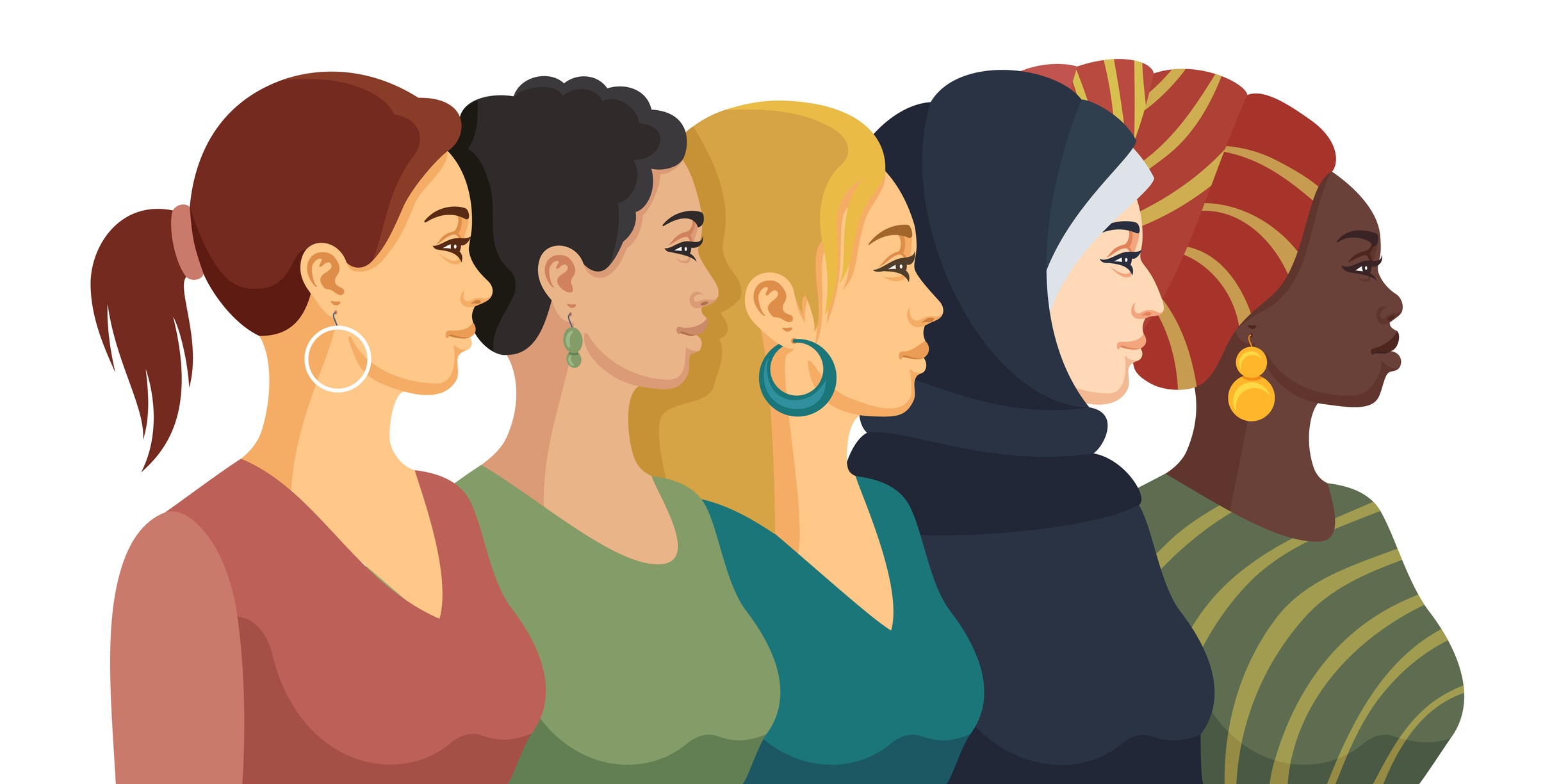Navigation auf uzh.ch
Navigation auf uzh.ch
Gender inequality is not only based on the effects of gender norms on behavior and choices, but also, if not even more so, on perceived gender norms. A new survey across 60 countries shows that misperceptions regarding the support of affirmative action for women are widespread.

Support for affirmative action – the idea that government and private companies should prioritize women for leadership roles – is underestimated in countries with lower levels of gender equality, particularly the support among men. Conversely, in more gender-equal countries, people overestimate support for affirmative action, particularly the support among women.
“In the least gender equal countries in the global south, such as India, Brazil and Tanzania, support for affirmative action is greatly underestimated”, coauthor David Yanagizawa-Drott summarizes, “but, in the most gender equal countries in the global north, such as the United States or the Netherlands, support is often overestimated.”
Misperceiving the (female) support for affirmative action
Looking at fairly equal societies in Europe, we see an overestimation of support for affirmative action in a number of countries: Only 41% respondents in Germany agree with affirmative action, while perceived agreement lies at 55%. In Switzerland, 49% agree, while assuming that 59% of their fellows support such policies. For the Netherlands, a country high in gender equality, the differences are even more striking. While only 32% of the respondents support affirmative action, they believe that 49% of their fellows do.
Most of the misperceptions found are driven by an overestimation of female support and an underestimation of male support. In Switzerland 48% of the women actually support Affirmative Action, while the respondents assumed that women’s level of support lies at 68%. This is a significant overestimation of 20 percentage points. For Swiss men however the perceived and actual support hardly differs (49.8% vs 49.3%). For Germany, the authors find similar rates of misperception: Women’s actual support lies at 44% while the perceived support is 64%. The support of men is slightly overrated, at 43% perceived vs. 38% actual support.
Gender stereotyping
According to the authors these misperceptions are driven by minority overweighting and gender stereotyping. Minority attitude is overweighted across all countries. According to the authors this could reflect outdated actual norms, the minority getting disproportionate media coverage or due to “vocal minorities” being more active in the public arena. They also find that gender stereotyping is pervasive. Looking at the Netherlands again, support from both genders is overestimated. However, female support is severely overestimated at 27 percentage points, while male support is only overestimated by 7 percentage points.
Closing the perception gap
“Previous research shows that women’s labor force participation in less equal countries can be increased by aligning perceived and actual views on women’s basic rights” coauthor David Yanagizawa-Drott explains, “while the level and causes for these misperceptions differ widely across countries and contexts, especially around affirmative action, there are interventions that could align actual and perceived norms and thereby move countries towards greater gender equality. Together, the findings indicate how misperceptions of gender norms may obstruct progress toward gender equality and contribute to sustaining gender policies that are not necessarily favored by women.
Bursztyn L., Cappelen A. W., Tungodden B., Voena B. & Yanagizawa-Drott, D. H.
How Are Gender Norms Perceived?
NBER Working Paper 31049, 2023